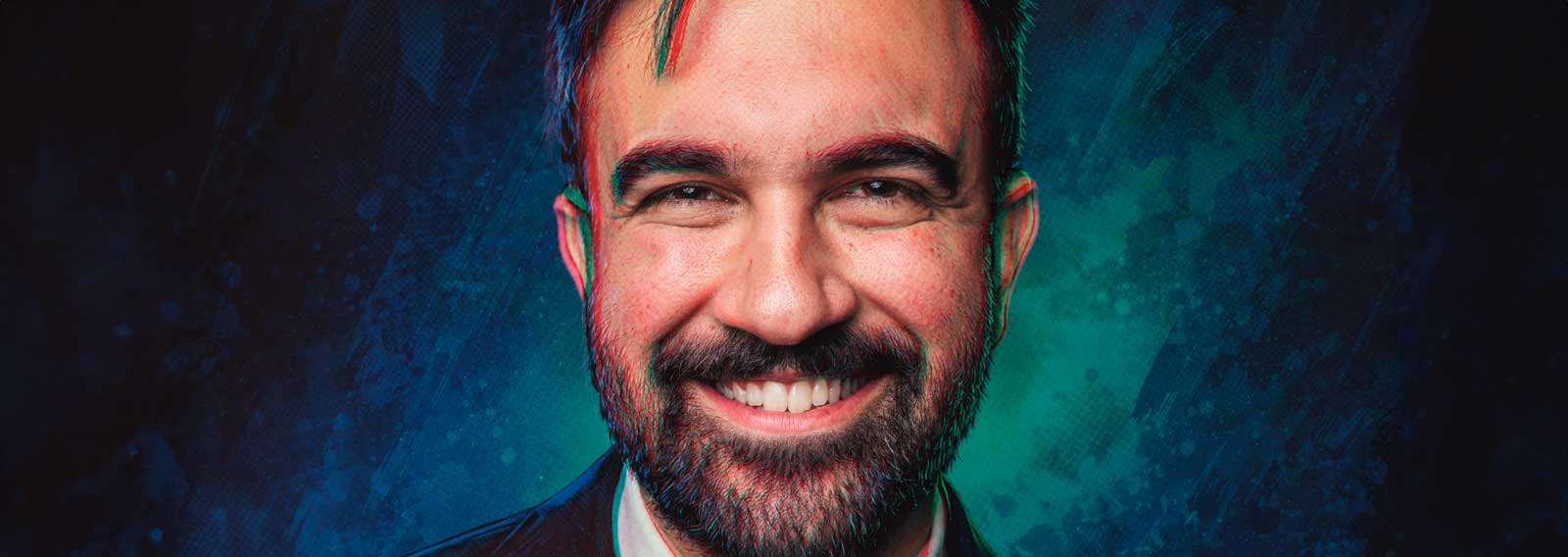Suicide. Yes, I’m OK, but that’s the subject. There’s been a bit of it around lately.
Did you know that if you are a male between 25and 55-ish you are more likely to die by taking your own life than from a heart attack or smoking or car accident?
Twenty-one years ago, when ‘Dads in Distress’ kicked off, a bit over 2,000 Australians every year took their own life. Then it was 5 men to 7 women, with women making far more attempts.
Since then, and as a result of massive advocacy, we’ve seen the rise of groups such as Beyond Blue, Black Dog, Help-lines, suicide call back lines, massive changes to access mental health services, and multiple millions poured into the mental health bucket.
Today, you can go to the GP for depression, get a referral and a mental health plan, along with subsidised counselling.
Go back a few years, and people will tell you the only way to get help was to be very wealthy or to fail in a suicide attempt that would land you in the hospital. Although that was still not a guarantee of help; and you could still be turned away at Emergency, because they just don’t have the staff.
And yet, despite all the above, all the advocacy and awareness and education, the rate of suicide has gone from about 9 per 100k of the population to about 13 per 100k.
In 2018, according to AIHW, ‘males aged 45–49 accounted for the highest proportion of male deaths by suicide (10%, or 230 of 2,320 deaths). For females, the highest proportion of deaths by suicide occurred in the 40–44 age group (10%, or 75 of 726 deaths).’
During the previous drought, farmers were at a 1 in 4 risk of self-harm. Rural suicide is way higher than city. In the indigenous population the suicide rate is higher than it is amongst Arabic, Asian Indian, or Anglo-European ethnicities, unless in custody where its lower.
In 2019 more than 3,300 people committed suicide in Australia.
That’s known to be deliberate by their own actions. Unknown is the number of accidental deaths, single vehicle accidents (et.al) that may have been suicide.
Facts don’t lie, with all the work done, and awareness raised the rate has gone up.
I know the numbers would be far higher without that huge investment in support and awareness programs, but still, the rate goes up.
So, what are we missing?
What are the causes and the underlying societal issues? What are we not addressing in the way we approach both community and the individual?
Fatherlessness? The fracturing family as a unit/ the destruction of the community? Loss of values? The rise of hyper-individualism? Work pressure? Financial? Loss of hope? Godlessness?
I don’t have the answers, but I know we’re missing something in the way we are addressing present problems, rather than underlying issues.
If you are struggling with any of this please ring and talk to someone. Call Lifeline or Men’s Line or the hospital or your GP.























